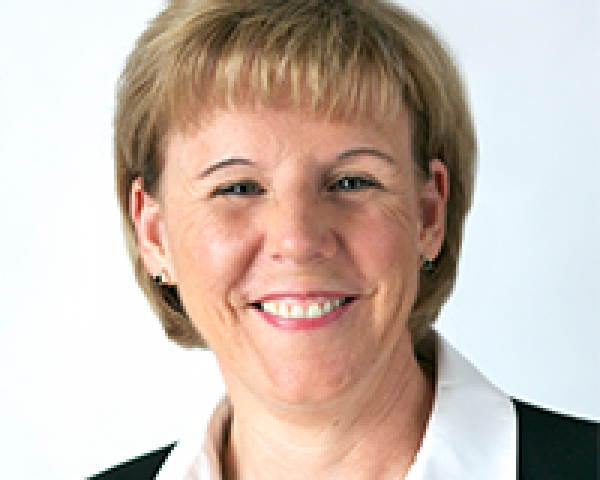Our industry stands at the intersection of two imperatives that can seem very much at odds.
If you feel like insurance is changing faster every day, you’re not alone. According to our most recent research, published in
2017 Insurance Technology Priorities and Spending, 37% of insurers reported that the pace of change is keeping them up at night.
Insurers find themselves facing two very different challenges: the accelerating pace of change and the need to transform and modernize their business. Our industry stands at their intersection, and these two imperatives can seem very much at odds.
We are driven to become highly responsive to market opportunities, personalized to customers’ evolving needs and in sync with the changing insurance ecosystem as well as the technology landscape that supports it. The flexibility necessary to take on these new roles is a challenge to any insurer’s organization — and their infrastructure must be aligned to meet these business needs.
See also: 3 Reasons Insurance Is Changed Forever
Of course, this is much easier said than done. The sheer scale of core modernization projects can be daunting, but legacy systems simply cannot provide the adaptability that insurers need to thrive in this new environment. Today, insurers are well aware of this quandary. In SMA’s annual research on IT strategic initiatives, core systems have always been a high priority for insurers.
This year, however, the picture has changed. In our research on IT priorities and spending, we found that the No. 1 business project for all lines of business — personal, commercial, life, you name it — is policy administration systems. We have been tracking this data for years, and policy admin has never been insurers’ top priority. Much of the focus this year is on the enhancement of the current systems in place, rather than on full replacement.
This finding could either be a good sign or reflect one of the fundamental challenges of our industry. If these policy admin projects are focused on implementing new coverages, products and services and on adapting to the digital needs that require access to transaction capabilities — and in a time frame that meets the business needs — then there is great alignment with the greater direction of the industry. But if the effort is mired in multiyear implementations of modern systems or the struggle to enhance the systems to meet today’s standards, then there is an issue that needs to be addressed.
Can the whole insurance ecosystem embrace fast implementations, the flexibility to change products on the fly as new opportunities arise and accessible integrations as well as APIs to be able to leverage advancing technologies? That will require a new mindset for both insurers and solution providers. Insurers must rethink their approaches to core projects to meet the needs of the pace of change and the shifting market. Solution providers must ensure that their solutions support the speed at which insurers need to move.
See also: How to Lead Change in an Organization
Share your core modernization experiences with us by participating in our latest
research study on the state of the insurers’ core environments. Reflect on how you and your company are contributing to a more responsive industry, regardless of your role in the insurance ecosystem. What can you do to adapt to this new norm? We all have to accept this new world order as quickly as we can — the clock is ticking.


